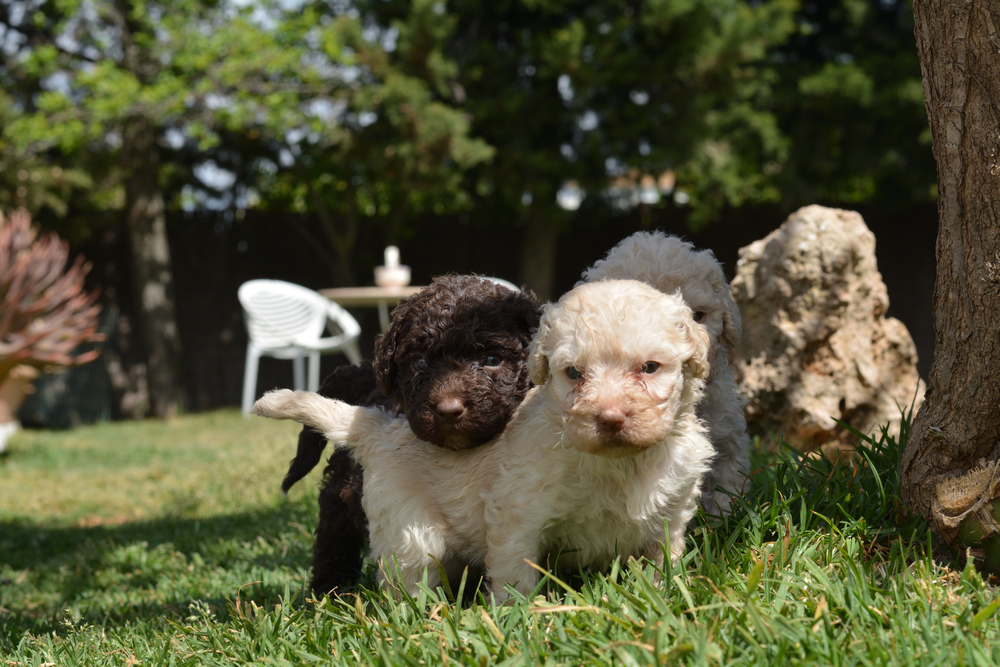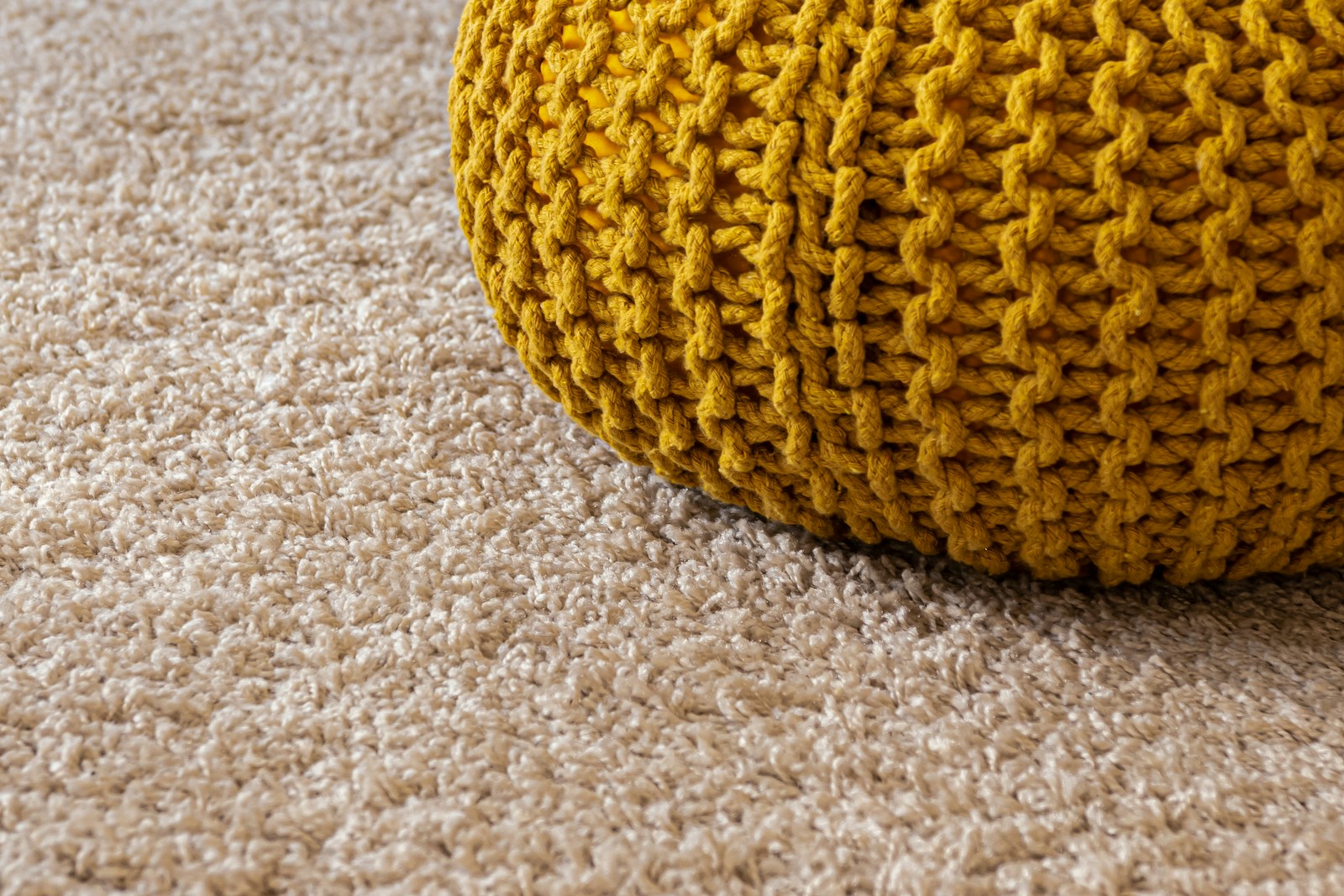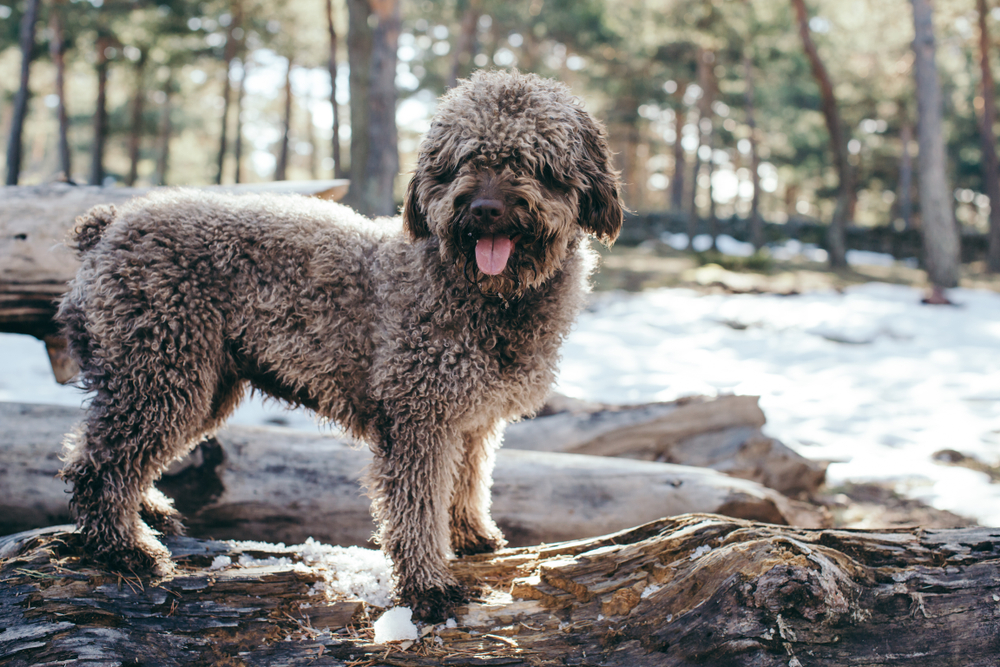If you suffer from allergies but want to adopt a dog, you may be researching hypoallergenic breeds. The good news is that Spanish Water Dogs are a low shedding breed that may be less likely to cause allergic flare-ups. However, no dog can be completely hypoallergenic as allergic reactions vary between individuals.
The Truth About Hypoallergenic Dogs
Although some dogs are better for people who suffer from pet allergies than others, there’s no such thing as a completely hypoallergenic dog. Instead, some consider low-shedding dogs as hypoallergenic. Allergies are caused by the immune system overreacting to something which is not harmful. The primary cause of the reaction in dog allergies is not actually the hair, but proteins primarily found in canine saliva and urine. However, not all people with dog allergies are allergic to the same proteins.These proteins get stuck to dander (dead skin cells), which can then be carried in the air and on clothes. All dogs will produce dander, but allergens can be more easily spread in the environment from dogs that shed a lot of hair. So, getting a low-shedding dog can help, but you may still have an allergic reaction.

Do Spanish Water Dogs Make Good Pets
Curly-coated Spanish Water Dogs are incredibly smart, loving, and active dogs that can make great pets for families with time to train and exercise their dog. They are loyal, and usually get along great with kids and other pets, as long as you socialize them properly from an early age. They were originally bred as working dogs and used for herding and retrieving, including in water, and they tend to be excellent swimmers. They thrive on human companionship and love to learn and work, they are often happiest when given tasks or jobs to do. Due to their high energy levels, if you don’t have a fenced-in yard and plenty of time to get them out and about, they might not be the best fit for you and your family.
Tips for Dealing With Pet Allergies
If you suspect you are suffering from dog allergies then an allergist can provide you with a proper diagnosis and treatment options. There are also measures you can take if you live with a dog to reduce the pressure on your immune system. We’ve highlighted some tips from the Humane Society and the Mayo Clinic that can help reduce your allergic signs.
1. Establish an Allergy-Free Zone
Having an area where your body can take a break and reset without any allergens can make a world of difference. We recommend making this room your bedroom; that way, your body has all night to reset, and it’s time you wouldn’t be actively spending with your pup anyway!

2. Use HEPA Air Cleaners
If more of the allergens are removed by an air purifier, you’re less likely to have a reaction. You can install HEPA filters on your HVAC system and use air purifiers in the rooms where your dog spends the most time.
3. Remove Carpet & Dander Attracting Furniture
Carpets and furniture give pet hair and allergens plenty of space to settle in. When you sit down or walk over these areas, it can stir up the dog danger and make it airborne. Keeping your dog off the furniture can help, but the fewer nooks and crannies the allergens have a space to settle in, the better. Leather and imitation leather have smooth surfaces that are less likely to trap allergens than other materials used in furniture.

4. Bathe Them Frequently
There’s a fine line you need to walk since bathing your pup too often can strip their skin of the natural oils they need, but not bathing them enough can cause allergic flare-ups. Look for a gentle, natural shampoo that preserves their natural oils as much as possible, and try to give them weekly baths. Keep an eye on their skin and coat health, and if it looks like they need a break, push their baths back to once every other week.
5. Consider Medication
Consult with your doctor, medication might be just what you need to keep your allergies at bay. You can also talk to your doctor about allergy shots, but they can take several months before they lessen allergy symptoms

 Final Thoughts
Final Thoughts
When you’re a dog lover, it’s upsetting to learn that you’re allergic to them. While the Spanish Water Dog is a low shedding breed, unfortunately allergic reactions are unpredictable and they vary between individual dogs and people. However, with a bit of preparation, consultation with your doctor, the right pup, and a plan tailored specifically to your needs, many allergy sufferers can still enjoy canine companionship! Spanish Water Dogs are great pets if you have an active lifestyle, but before considering adopting one, spend time with them to see how they affect your allergies.
Featured Image Credit: Lucia Romero, Shutterstock











